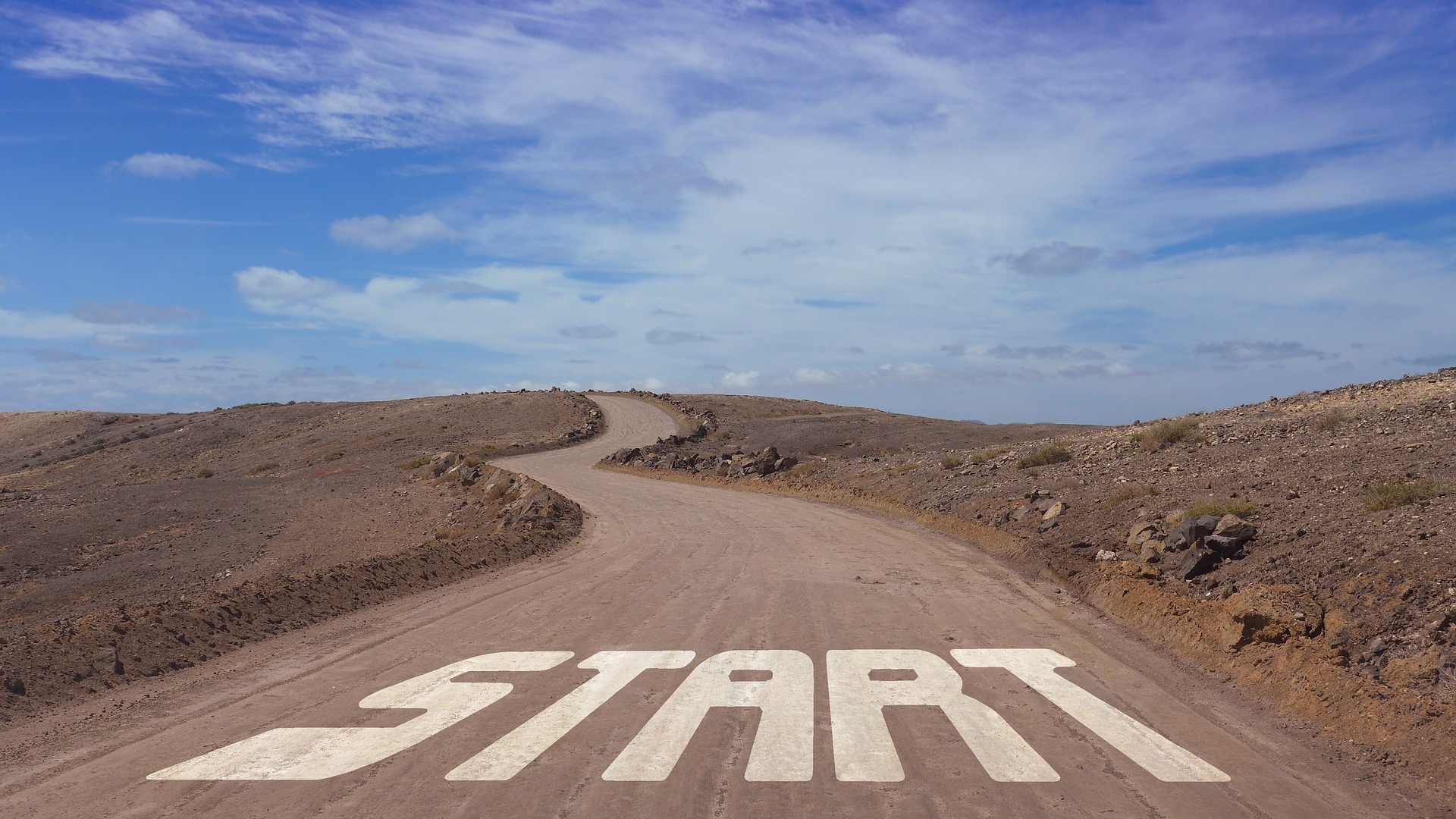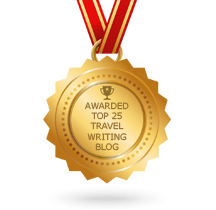The Finished Article: Five Ways to Turn a Good Idea Into Amazing Travel Content
Whether you are writing for print or the web, creating a travel article is not always an easy process. Sure, the start and end point may always be the same, but the journey from brainwave to finished product can be a surprisingly bumpy one for the uninitiated. To help make the process as smooth as possible, we’ve come up with a five-step plan for creating brilliant travel articles – and, of course, travel blogs – every time. Scroll on down for our top tips.

Tip One: Focus Your Idea
Writing a good travel article doesn’t mean recalling every second of a recent trip or writing about a destination in encyclopaedic detail. Trying to cover all aspects of a place will ultimately leave your article watered down, as you try to cram too much into it. So get specific and choose a well-focused topic. For example, ‘Exploring the Isle of Wight’ is a broad subject and would need to cover everything from museums to beaches, castles to attractions – not to mention restaurants, shopping, local history and practical travel information. That’s a lot to fit in. Narrowing it down in scope to something like ‘Hunting for Dinosaur Fossils in the Isle of Wight’ allows you to delve more in-depth into a single aspect, allowing you to give a richer portrait of the destination and your experiences within it.
Tip Two: Decide What Matters
When it comes to writing, it’s also important to remember that less is more. Nobody likes a waffler. So once you have decided upon your angle, it’s time to pick out the salient details. You head will be full of places, people, events, descriptions, dialogues and even a plot, but you’ll need to be picky about what to include if you want an article to have the full impact. As exciting as something might be, if it isn’t entirely relevant to the story you have decided to tell, you run the very real risk of losing your readers and getting side tracked.
Tip Three: Follow the Guidelines
Whether they are self-imposed guidelines so your website content all looks uniform, or you are writing for another publication and have been sent writers’ guidelines, it is vital that you stick to them. Word counts are set in stone and it’s a good idea to make a rough plan of how many paragraphs and sub-headings you are going to use and how many words to allocate to each. It’s a recipe for disaster to start writing without a plan, as you are likely to run out of words very early on. When possible, use sidebars and pull-out boxes for your practical information, as this will free up your prose to be fluid and involving, without constraints.

Tip Four: Write the Thing
A concise yet intriguing standfirst (introductory paragraph) is essential for luring your readers in, so think carefully about where to begin. Starting in the middle of the story (known as in media res) and then backtracking to the beginning is a great way to capture the attention. We’ve written a whole blog post about this before. Once you’re in the flow of things, make sure your text is broken up with sub-headings. Online readers will no longer tolerate long chunks of text, and this is increasingly filtering down to print as well; the days of unbroken prose are gone.
As for your concluding paragraph… well, we’ve written about that before as well.
Tip Five: Push the CTA
If you’re writing the article for a company blog, your sign-off is a vital opportunity to get across your ‘call to action’ (CTA) – an instruction to readers about what to do next. This can be a website link, a phone number or just a link to get more information, but it must always follow on naturally from the article; there’s no point writing 500 words on Nepal and then including a call to action to book a European city break. Need an example? Take a look below.
Looking for more travel content tips? Then take a look at our writing advice blog feed, or follow us on Twitter. If you’d like to talk to us about how we can help you get more out of your travel content, simply get in touch.
– Article written and photos sourced by Samantha Wilson, a staff content writer at World Words. A version of this article was originally published in February 2017 on the World Words site. You can read the original article here.
